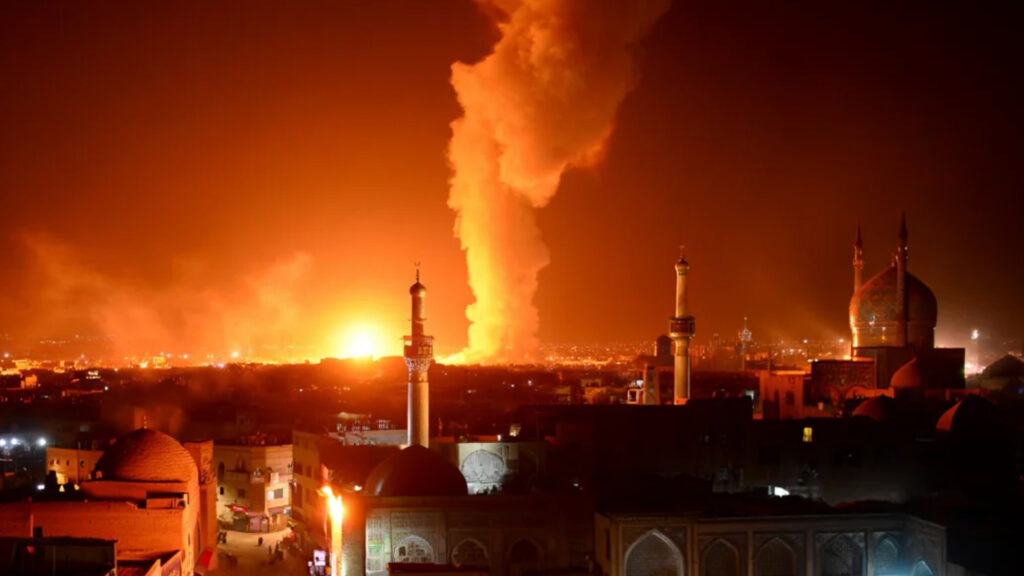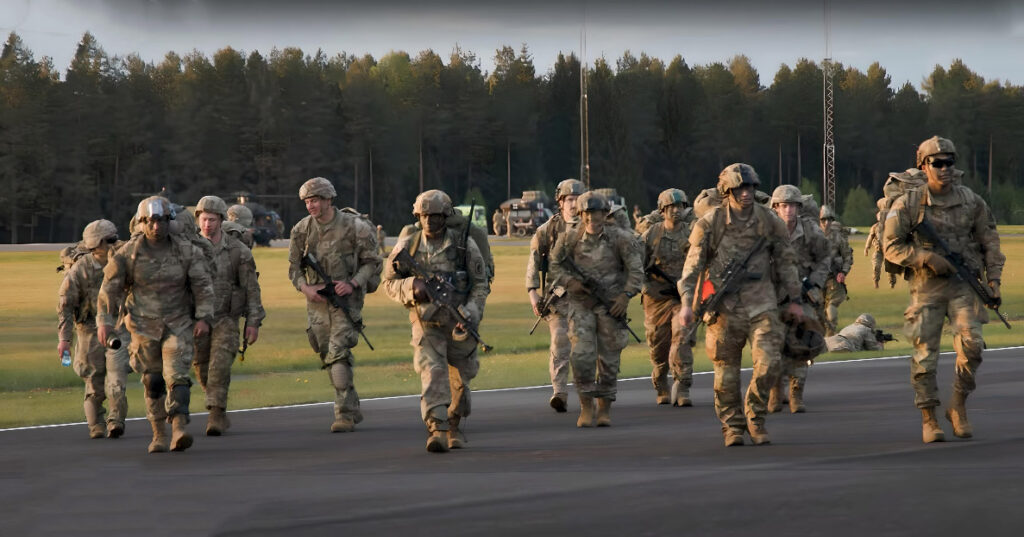On the evening of June 16, 2025, the skies above central Iran lit up with the glow of explosions as a series of precise airstrikes rocked Isfahan, a city central to the country’s scientific and industrial ambitions. According to multiple sources, the Israeli Air Force carried out a high-stakes operation aimed at disrupting Iran’s nuclear program, targeting a critical facility involved in uranium enrichment.
Military experts describe the strike as a meticulously planned operation, leveraging advanced technology to minimize collateral damage while maximizing impact. The targets reportedly included storage sites for radioactive materials and research laboratories integral to Iran’s nuclear efforts. Sources indicate that Israel deployed cutting-edge F-35 stealth fighters alongside state-of-the-art drones armed with precision-guided munitions. Israeli officials have framed the attack as a necessary preemptive measure, citing intelligence suggesting an acceleration in Iran’s nuclear activities.
Iranian state media acknowledged the assault, reporting that air defenses were activated but failed to fully repel the strikes. Damage assessments are ongoing, with early reports confirming structural harm to parts of the nuclear complex and a nearby military installation. Visuals of smoldering wreckage have already surfaced across regional outlets, though casualty figures remain unconfirmed. Iran’s Foreign Ministry condemned the operation as a “blatant act of aggression,” vowing a swift and decisive response.
Tehran, however, insists that its nuclear program remains operational. Authorities claim that core enrichment processes were unaffected, and technical teams are working to quantify the damage. The resilience of Iran’s nuclear infrastructure has been a point of pride for the regime, even as it faces mounting external pressure.
This latest escalation follows a volatile week in the region. Just three days prior, on June 13, Israeli jets struck military targets and Tehran’s Mehrabad airport. Iran retaliated with a barrage of over 150 missiles targeting Israeli cities, including Tel Aviv and Haifa, where civilian infrastructure was damaged and dozens were injured. Israel’s subsequent operations eliminated several senior commanders of Iran’s Islamic Revolutionary Guard Corps (IRGC), further intensifying the tit-for-tat cycle.
The Middle East now teeters on the edge of broader conflict. The international community has voiced alarm over the spiraling violence, with calls for de-escalation echoing from global capitals. Yet, these pleas are increasingly drowned out by the roar of fighter jets and the rhetoric of retribution.
The strikes raise critical questions about the future of Iran’s nuclear ambitions and the region’s stability. While Israel’s actions may delay Iran’s progress, they also risk igniting a wider war with unpredictable consequences. As tensions simmer, the world watches closely, aware that the line between surgical strikes and all-out conflict is growing dangerously thin.



